Why Private Photo Sharing Albums Are Taking Off
Social media promised to keep us connected through photos, but somewhere between algorithm changes and performing for strangers, we lost the plot. Now there's a better way to share life's real moments—and it's refreshingly simple.
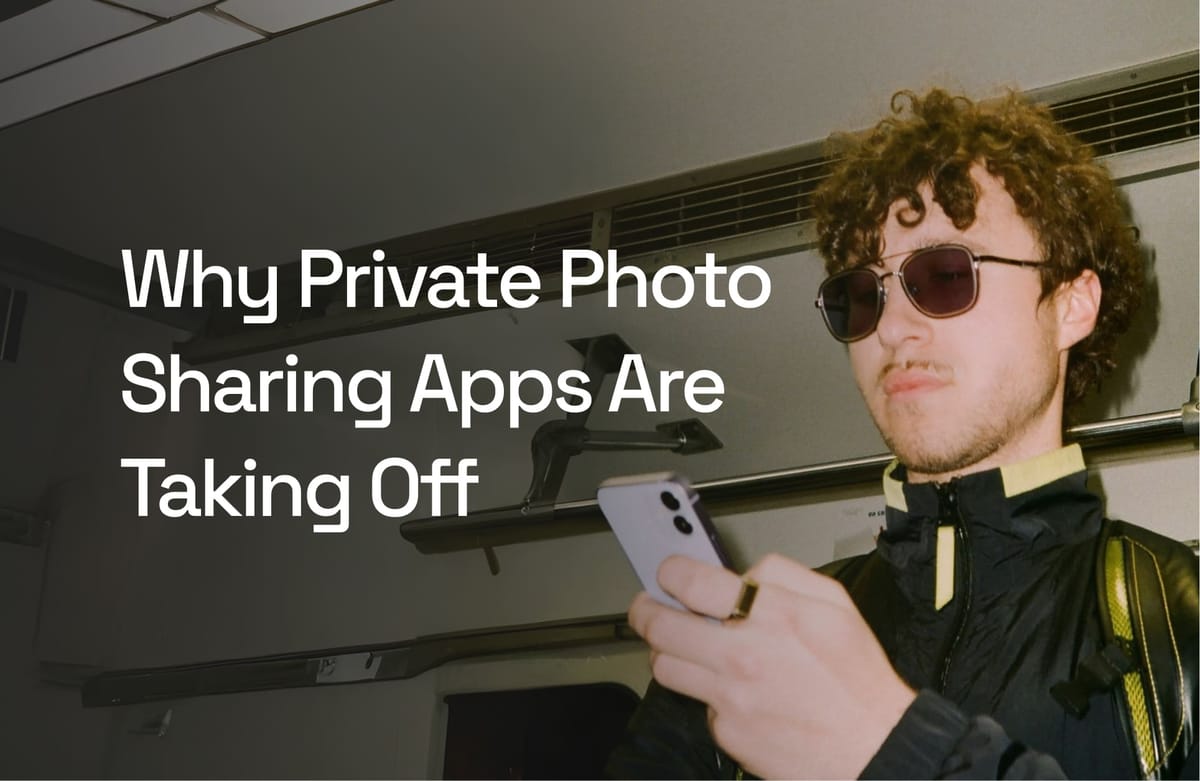
Remember when posting photos online felt... fun? Before every picture needed the perfect caption, before you had to worry about engagement metrics, and before your mom's friend's cousin started commenting on everything? Yeah, those were the days.
A photo sharing album is a private, controlled space where you can share photos with select people without the strangers, ads, algorithms, or pressures of traditional social media. These apps are exploding in popularity as people crave authentic connection over curated feeds—and honestly, it's long overdue.
Why Users Are Tired of Traditional Social Media
Let's be real: Instagram and Facebook have become exhausting. What started as a simple way to share life's moments has morphed into a performance art competition where everyone's vacation looks like a magazine spread, and every brunch needs to be influencer-worthy.
The algorithm decides who sees your photos (spoiler: it's not your actual friends). You're constantly chasing likes and comments like some kind of digital validation hamster wheel. And don't even get me started on the privacy concerns—remember when Facebook decided your photos were training data for AI? Fun times.
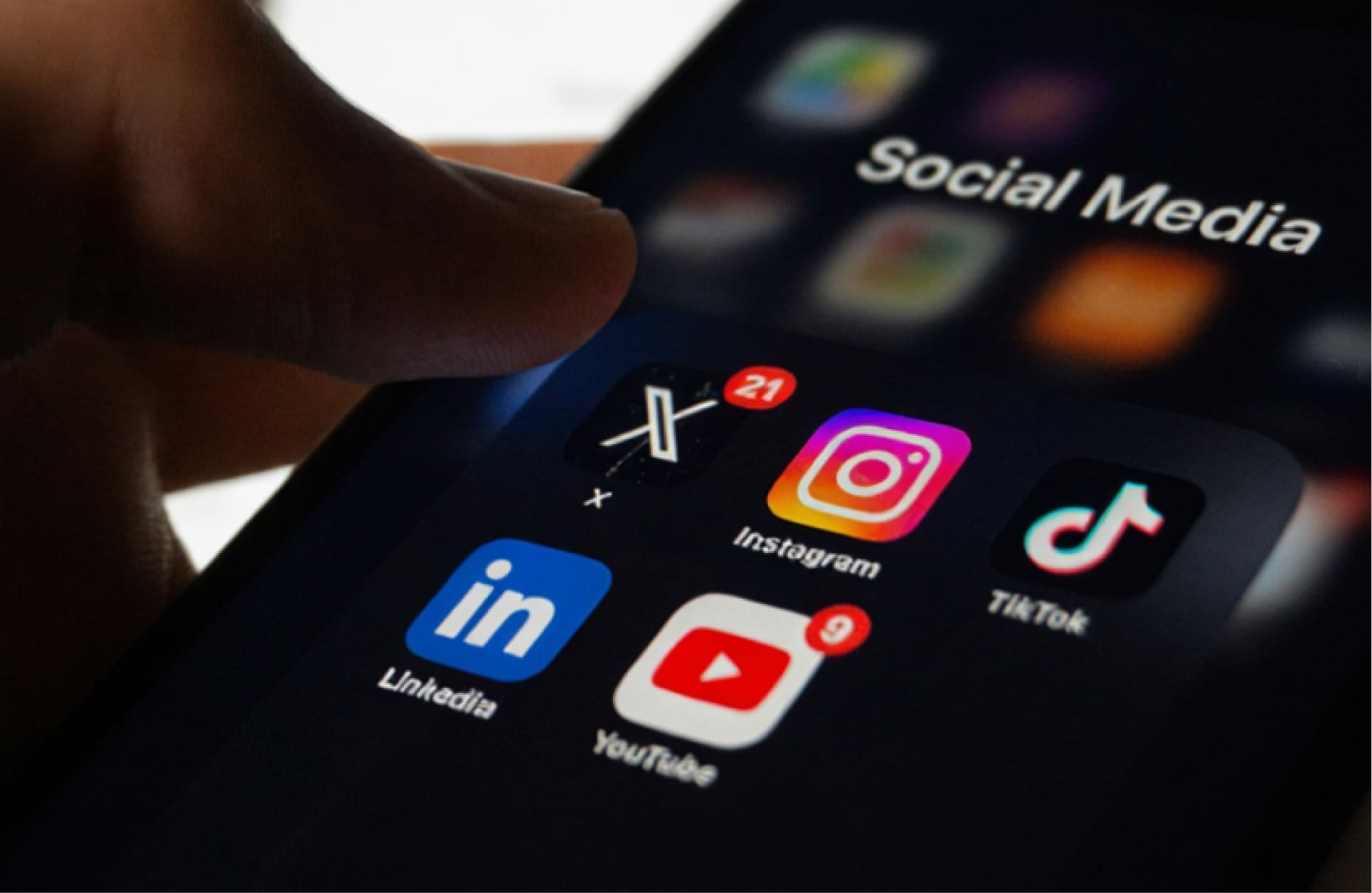
Here's what's driving people away from traditional platforms:
- Algorithm fatigue: Your carefully chosen photo from your Japan trip gets shown to 47 random people but not your best friend. Meanwhile, that sponsored ad for a pleather purse? Front and center.
- Privacy paranoia: Between data breaches, unclear terms of service, and the nagging feeling that Mark Zuckerberg knows what you had for breakfast, people are tired of feeling like their personal memories aren’t actually personal anymore.
- Performance pressure: Feeds have become so curated that sharing feels less spontaneous and more like a full-on production. No wonder you hesitate before posting—you start wondering if your real life looks ‘good enough.
- Audience confusion: Your boss, your mom, that girl you sat next to in bio, and the guy you met once at a bar all see the same post. Trying to create something that works for everyone? Impossible.
The result? We're all quietly backing away from the apps we once loved, letting our stories go unposted and our photos gather digital dust in our camera rolls.
The Rise of Private Photo Sharing Albums
Enter the photo sharing album revolution. These aren't your dad's Flickr albums (though, respect to Flickr for being ahead of its time). Modern private sharing apps are designed around a radical concept: sharing photos should be about connection, not clout.
The shift started during the pandemic when families couldn't gather in person. Suddenly, grandparents needed a way to see their grandkids that didn't involve navigating Facebook's tangled privacy settings. Parents wanted to share baby photos without broadcasting them to 500+ "friends" who are really just acquaintances.
Now, the trend has gone mainstream. According to recent app store data, private photo album apps have seen downloads surge by over 300% in the past two years. People are actively seeking alternatives to the social media chaos.
What's Driving This Movement?
The authenticity factor: When you’re not posting for likes, you share the real stuff—blurry action shots, silly faces, weird crops, and all the in-between moments that actually tell the story. From the well-posed to the wonderfully imperfect, it’s everything that happens in real life.
Quality over quantity: Instead of broadcasting to hundreds, you're sharing with the 5-15 people who actually care. And guess what? They're way more likely to engage meaningfully.
Reduced anxiety: No more wondering if your photo will perform well or obsessing over who saw your story. You know exactly who has access, and they're all people you actually know.
The photo album sharing iPhone market alone has exploded, with Apple's own Shared Albums feature getting a massive uptick in usage alongside third-party apps.
What Makes Private Photo Sharing Apps So Appealing?
So what's the secret sauce? Why are people ditching their carefully curated Instagram grids for private photo sharing albums? Let's break it down.
True Privacy Controls
You decide who sees what. Want to share beach vacation photos with your close friends but keep work colleagues out? Done. Need a separate album for extended family versus your college crew? Easy. This isn’t the kind of broadcasting you’re used to on social media. Here, the control is fully in your hands.
No Algorithm Interference
Every photo you share gets seen by everyone in the album. Revolutionary, right? Your sister doesn't miss your birthday party photos because the algorithm decided to show her a Reel about baking a cake instead.
Ad-Free Experience
Your precious memories aren't sandwiched between sponsored posts for things you don't need. It's just photos, comments from people you care about, and genuine interaction.
Chronological Feeds
Photos appear in the order they were posted. Shocker! You're not fighting some mysterious ranking system that thinks a photo from three days ago is more relevant than what you posted an hour ago.
Built for Collaboration
The best private photo sharing album features let multiple people contribute to the same space. Planning a reunion? Everyone can add their pictures to one central album. No more texting 47 photos in separate messages or creating group chats that die after a week—only to leave you wondering months later, ‘Where did we even share those photos?’
Actual Engagement
When your audience is 10 people instead of 500, the quality of interaction skyrockets. Comments become thoughtful. People actually look at the photos. Your friend group can react, chat, and start real conversations instead of just tapping a heart and scrolling away.
Here's a quick comparison of what you're getting:
| Feature | Traditional Social Media | Private Photo Sharing Album |
|---|---|---|
| Who sees your photos | Algorithm decides | You decide |
| Audience size | Hundreds (mostly strangers) | 5-20 (people you actually know) |
| Engagement quality | Likes and emoji | Real comments and conversation |
| Privacy control | Limited and confusing | Complete and simple |
| Ads | Everywhere | None |
| Anxiety level | High (Will people like this?) | Low (Just sharing with my circle) |
Best Private Photo Sharing Album Apps to Try
Ready to reclaim your photo sharing sanity? Here are the apps to share photos with friends and family that are actually worth your time.
PicLoop (Designed for Real Connection)
PicLoop is a private photo and video sharing app created by the team behind PicCollage—known for making creativity simple, fun, and social. PicLoop carries that same spirit forward, but in a quieter, more intimate way: it’s built to help you stay connected with the people who matter most, without the noise of traditional social platforms.
Privacy is a central part of PicLoop’s design. Your content stays within your groups—it isn’t used for ads or sold to anyone.
PicLoop centers around authentic group interaction—whether it’s your closest friends, your family chat that never sleeps, or a shared trip album. Each group becomes its own private space where you can:
- Create shared photo and video albums
- React and comment together on moments
- Stay connected through a lightweight, familiar feed and chat
- Invite friends easily—even if they don’t have an account yet
What sets PicLoop apart is its balance of privacy and presence. No followers, no algorithms, no pressure—just a simple, safe way to keep your favorite people in the loop.

If you’ve ever wished social media felt more human again, PicLoop feels like a return to what sharing was meant to be: meaningful, easy, and real.
FamilyAlbum (Best for Parents)
If you’ve got kids, this one’s a favorite. FamilyAlbum lets you create a private timeline of your child’s life and invite grandparents, relatives, and close friends. The interface is simple (yes, Grandma can use it), and features like automatic date organization and unlimited storage make sharing effortless.
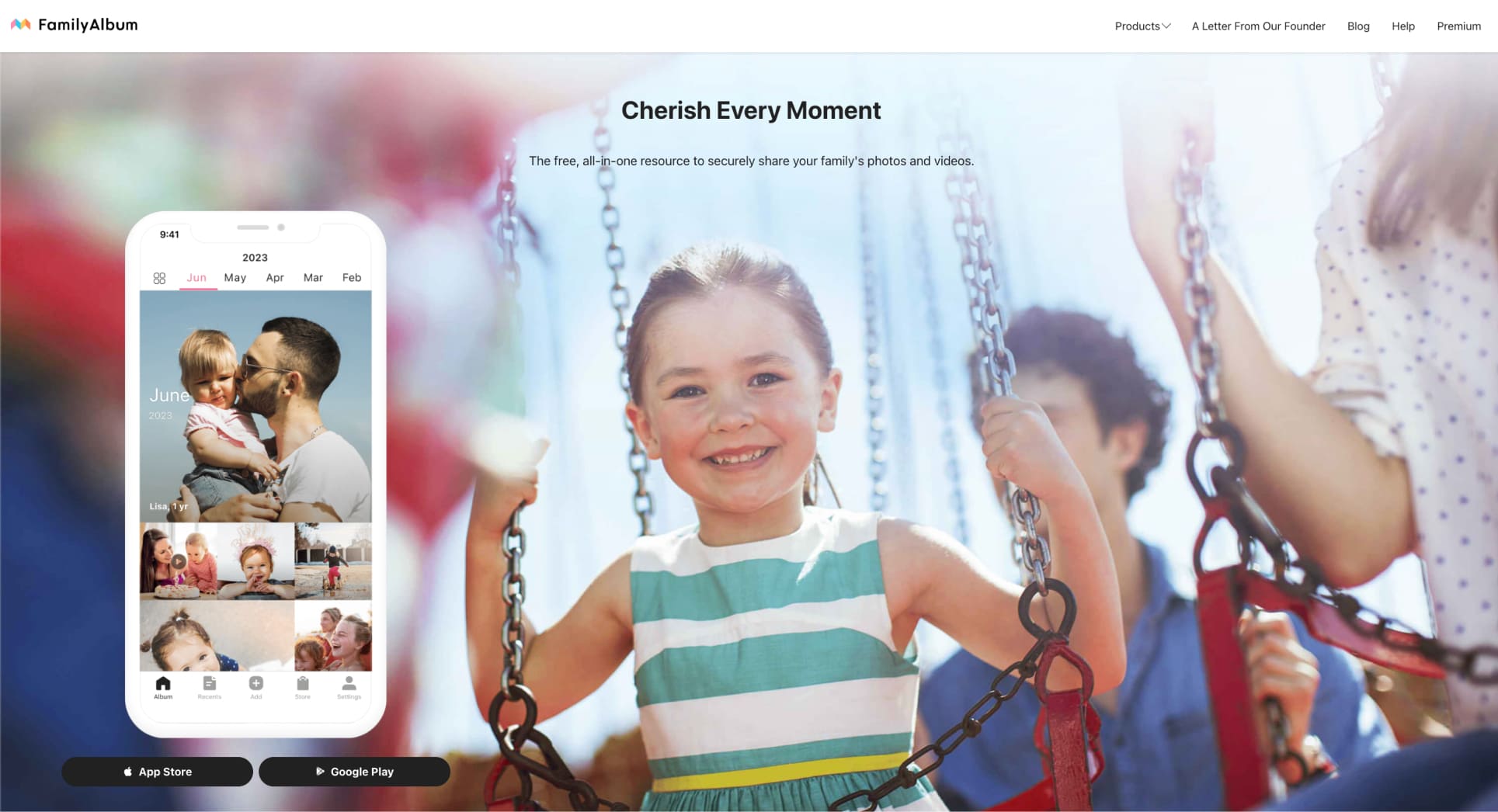
Family members get gentle notifications when new photos are added — without any of the social media noise. Think of it as a digital baby book that the whole family can enjoy.
Apple Shared Albums (Best for iPhone Users)
If your circle is mostly in the Apple ecosystem, the built-in Shared Albums feature is surprisingly robust. It’s free, integrated directly into the Photos app, and supports easy collaboration. One limitation to keep in mind: if your iCloud storage is full or limited, you may need to upgrade your plan to keep everything running smoothly. The photo album sharing iPhone functionality means there’s no extra app to manage and no learning curve.
The other catch? Android users can’t join. But for families and friend groups who all use iPhones or iPads, it’s a seamless option that just works.

The Future of Sharing — Intimate, Private, and Real
Here's where things get interesting. The shift toward private photo sharing isn't just a trend—it's a fundamental rethinking of how we document and share our lives.
We're moving away from the "broadcast your life to everyone" model and toward something more intentional. Call it the intimacy economy. People want smaller, more meaningful connections over massive, shallow networks.
What's Coming Next?
Cross-platform integration: The future will see better compatibility between different apps and platforms. Your photo sharing album shouldn't be locked into one ecosystem.
Preservation and legacy features: Apps are starting to think long-term. What happens to your digital memories in 20 years? How do you pass them down to the next generation? Expect more features around digital legacy and memory preservation.
Hybrid models: Some apps are experimenting with the best of both worlds—private sharing as default with optional public sharing for specific photos. You get control without completely abandoning the discoverability aspects of traditional social media.
The Bigger Picture
This shift reflects something deeper about how we want to live online. We're tired of performing. We're exhausted by the attention economy. And we're ready for technology that actually enhances relationships instead of commodifying them.
Private photo sharing albums represent a return to what the internet was supposed to be: a tool for connecting with people we care about. Not a stage for strangers to judge us.
The apps to share photos with friends that succeed will be the ones that understand this fundamental shift. It's not about features or filters—it's about creating spaces where people can be authentically themselves without fear of judgment, surveillance, or algorithmic manipulation.
The Bottom Line: Take Back Your Photos
Look, traditional social media isn't going anywhere. Instagram will still be there when you want to procrastinate at work or see what your favorite celebrity had for lunch. But for the photos that actually matter—that weekend trip that made you feel alive, your best friend's wedding, your kid's first steps—you deserve better.
A photo sharing album gives you back control. It lets you share without performing. It creates space for real connection in a digital world that often feels performative.
You don't need perfect lighting or clever captions. You don't need to worry about engagement metrics. You just need to share your life with the people who actually want to see it.
So maybe it's time to stop letting algorithms decide who sees your memories. Download a private photo sharing app, invite the people you care about, and start sharing the real, unfiltered, beautifully imperfect moments that make up your life.
Your loved ones—and your future self—will thank you. Plus, mom's friend's cousin will finally stop commenting "WHO IS THIS???" on photos of your friends she's never met.
That alone makes it worth the switch.



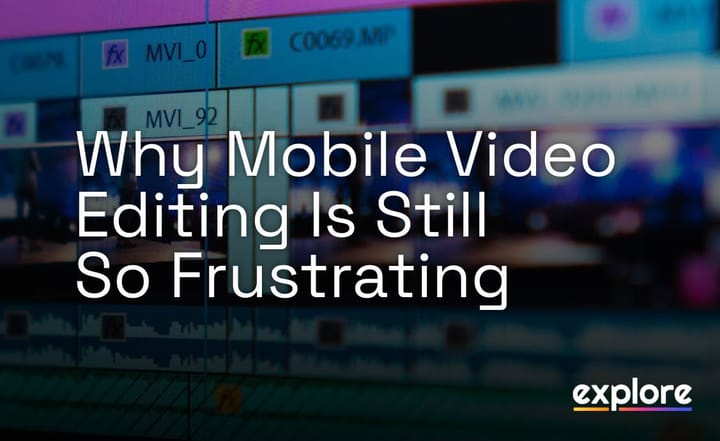
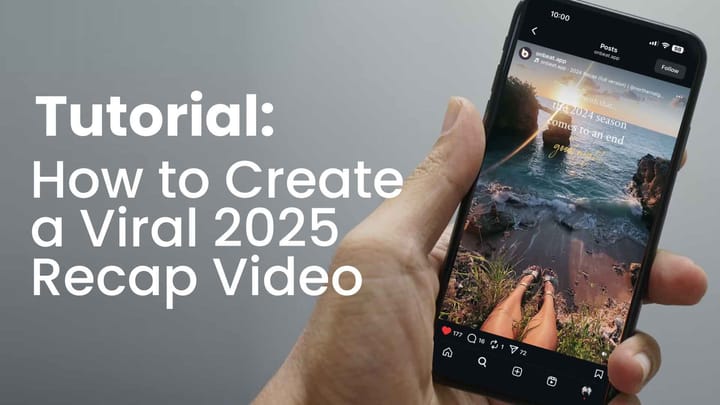

Comments ()